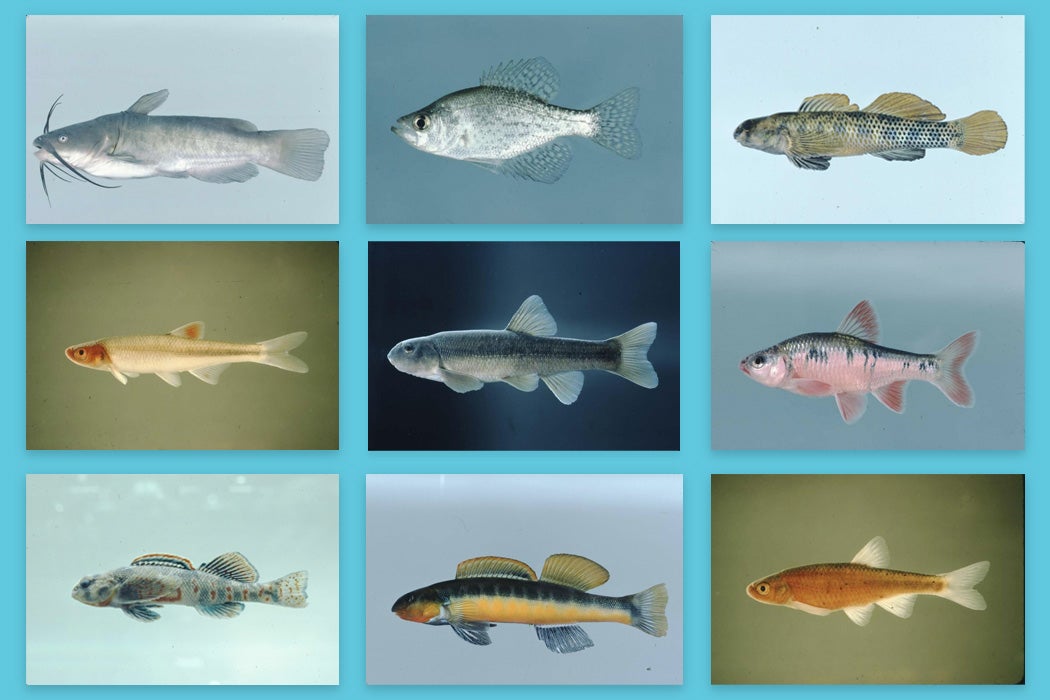Red fish. Blue fish. Forty-two thousand fish. That’s how many freshwater fish specimens Roanoke College has in their Freshwater Fish Collection. Digital images of 800 of those are now in JSTOR and free for all to see. Click on the images below to zoom way in and see the scales on these beauties.
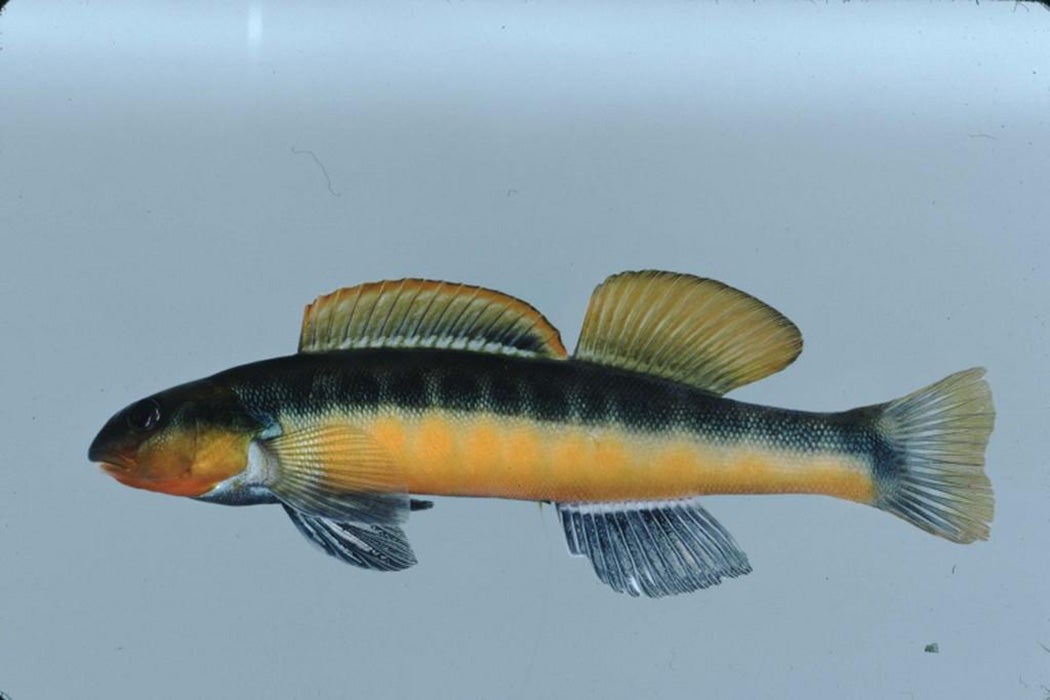

The images were used to illustrate Dr. Robert E. Jenkins’s and Noel Burkhead’s publication, Freshwater Fishes of Virginia, and represent specimens of fish from all over Virginia and neighboring states, which are disappearing at an alarming rate. According Noel M. Burhead, “In the twentieth century, freshwater fishes had the highest extinction rate worldwide among vertebrates. The modern extinction rate for North American freshwater fishes is conservatively estimated to be 877 times greater than the background extinction rate.” In other words, the rate of extinction is accelerating. “From 1898 to 2006, 57 taxa became extinct, and three distinct populations were extirpated from the continent. Since 1989, the numbers of extinct North American fishes have increased by 25%.”

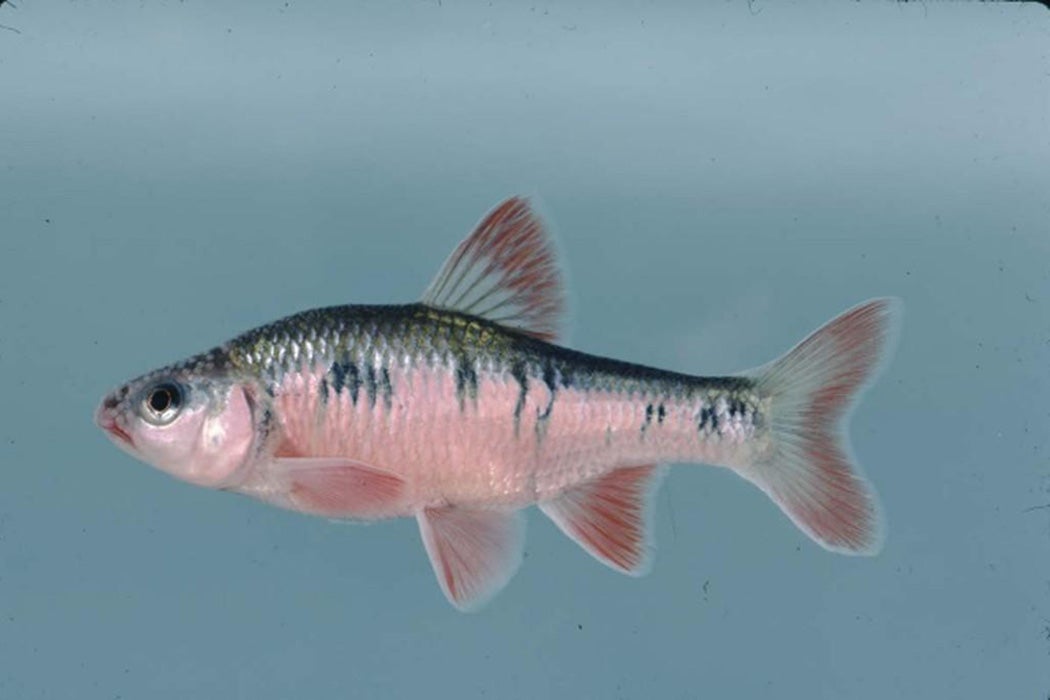
Why should we care about freshwater fish in Virginia? As Burkhead explains it, “fishes are especially useful for evaluating environmental change, because biologists know much more about their biology than they do those of other aquatic biotas. Actually, declining fishes represent just the tip of the iceberg regarding losses of freshwater biota and their habitats.” As Burkhead puts it in his understated conclusion, “The fact that these [freshwater] fishes disappeared in only 110 years” demonstrates that “some of our resource practices are detrimental to the persistence of freshwater fishes and likely to that of other aquatic faunas.”
Moreover, Roanoke biology professor and curator Steven Powers explains,
Over 8 million species live on Earth. Science has only formally described about 1.5 million. So we still have a lot of work to do just to accurately document Earth’s biodiversity. Natural history collections with precise locality information is one of our most effective tools for recognizing the geographic patterns of the diversity of life which directly leads us to documenting previously undescribed species. At the same time, we are in the midst of one of Earth’s great mass extinctions. These collections often contain the only remnants of species that are now extinct.
Why should someone who’s not an aquatic biologist care about the collection or what could they learn or get out of it? Steven Powers puts it beautifully:
The collection (along with other natural history collections) documents the products and players in the almost 4 billion-year evolution of life on Earth. Those same organisms provide us with food and sport (for fishes). Other groups provide us with shelter, clothing, and medicines. Life on Earth should also leave anyone willing to look closely enough with a true sense of wonder and awe of how spectacular our world is.
Speaking of how spectacular our world is, click on the images below to zoom way in with a true sense of wonder.
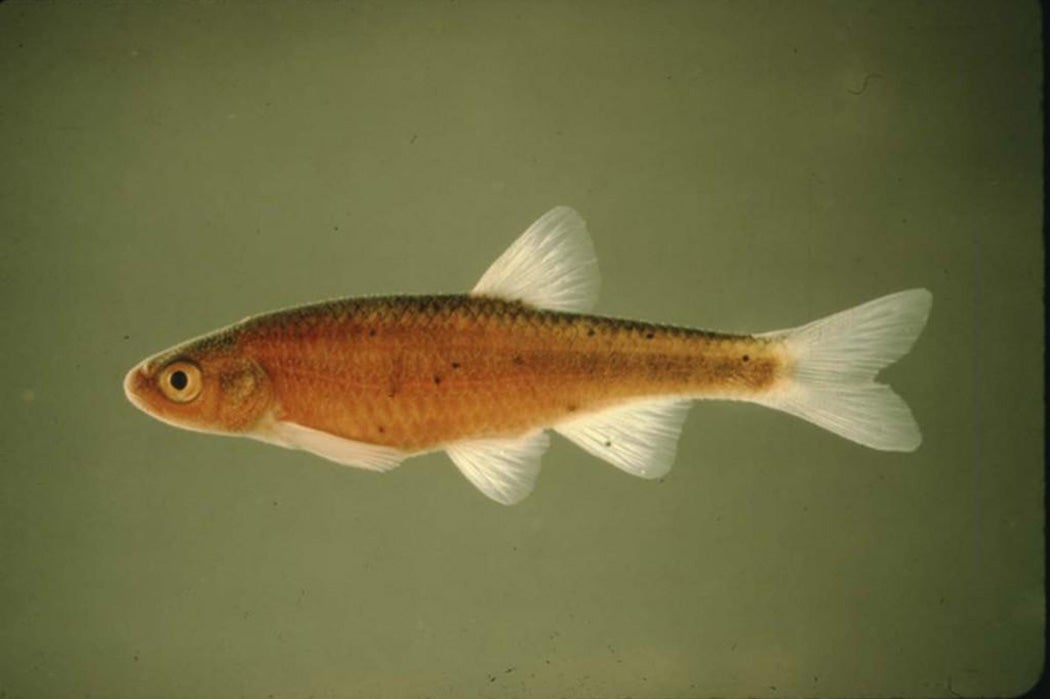
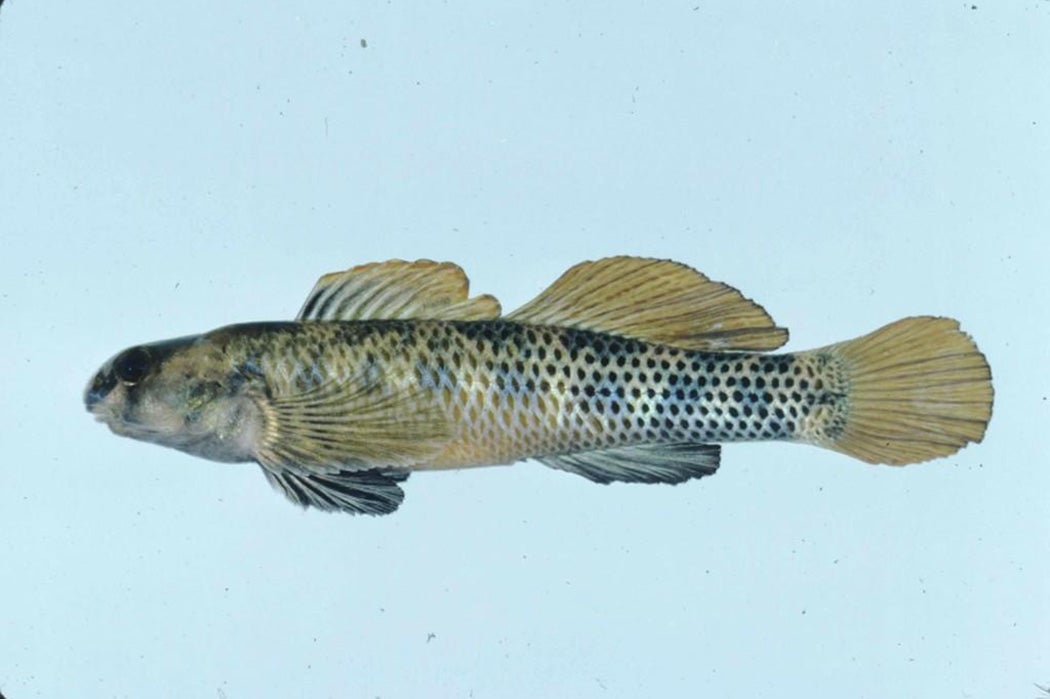
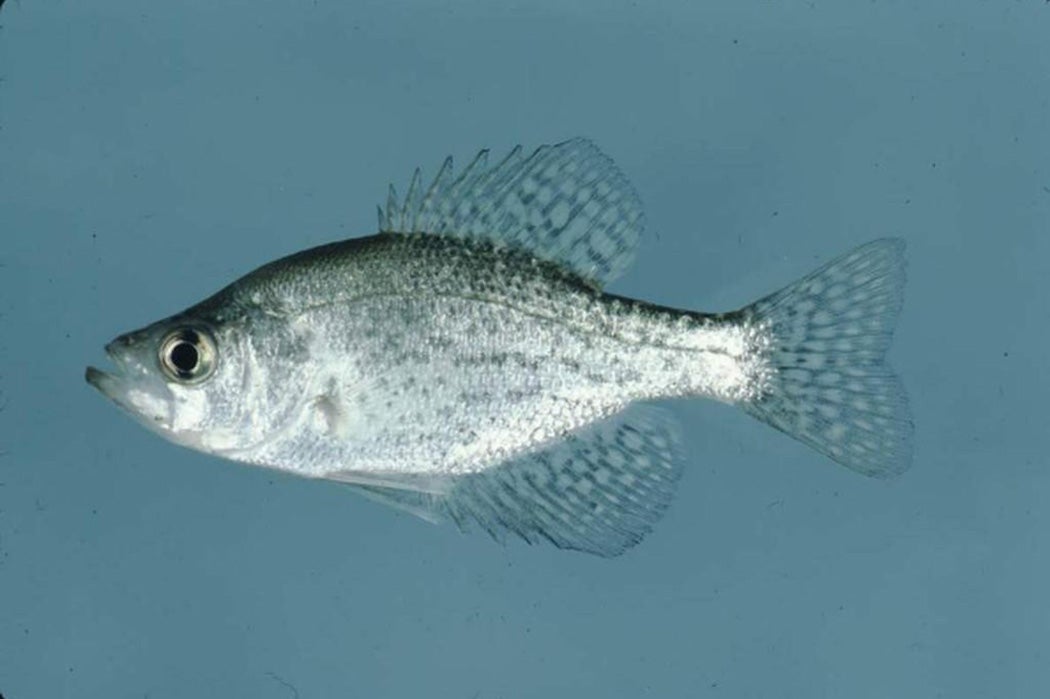
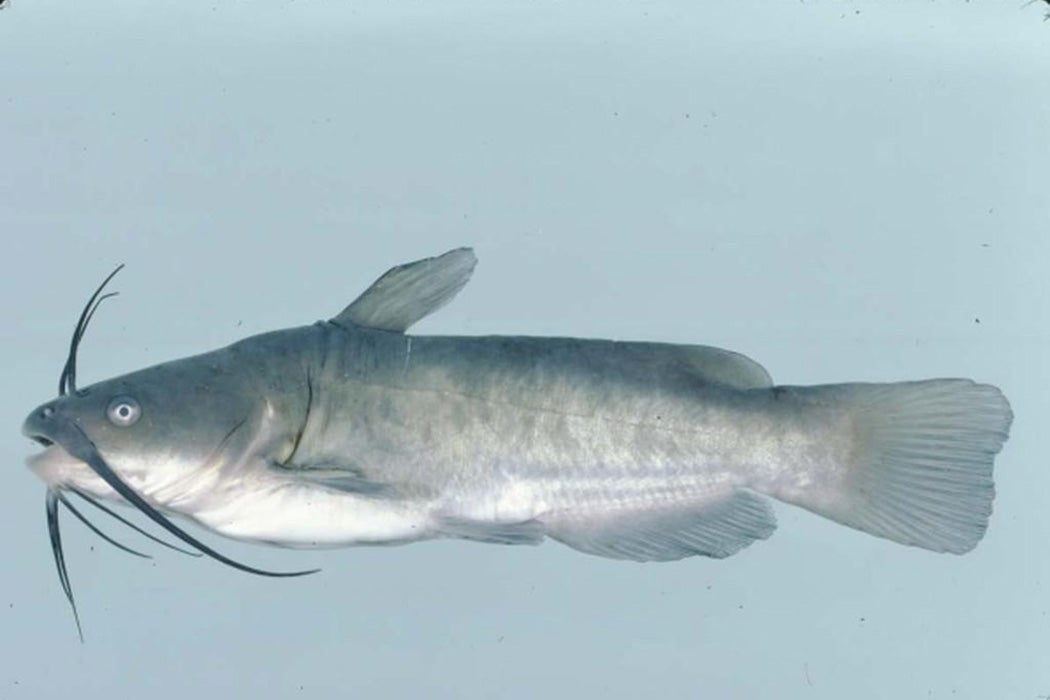

Editor’s note: This story has been updated with quotes from Dr. Steve Powers.
